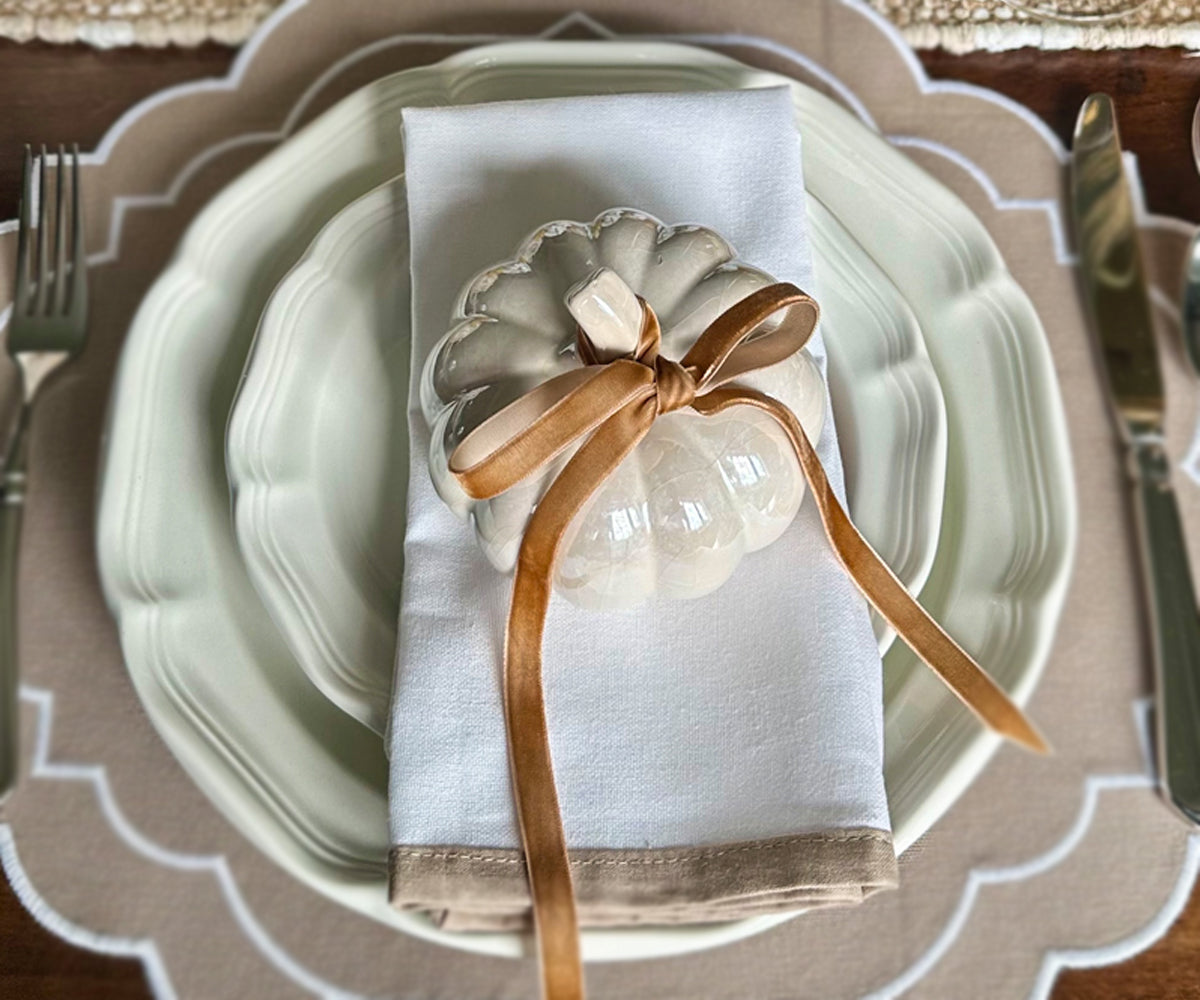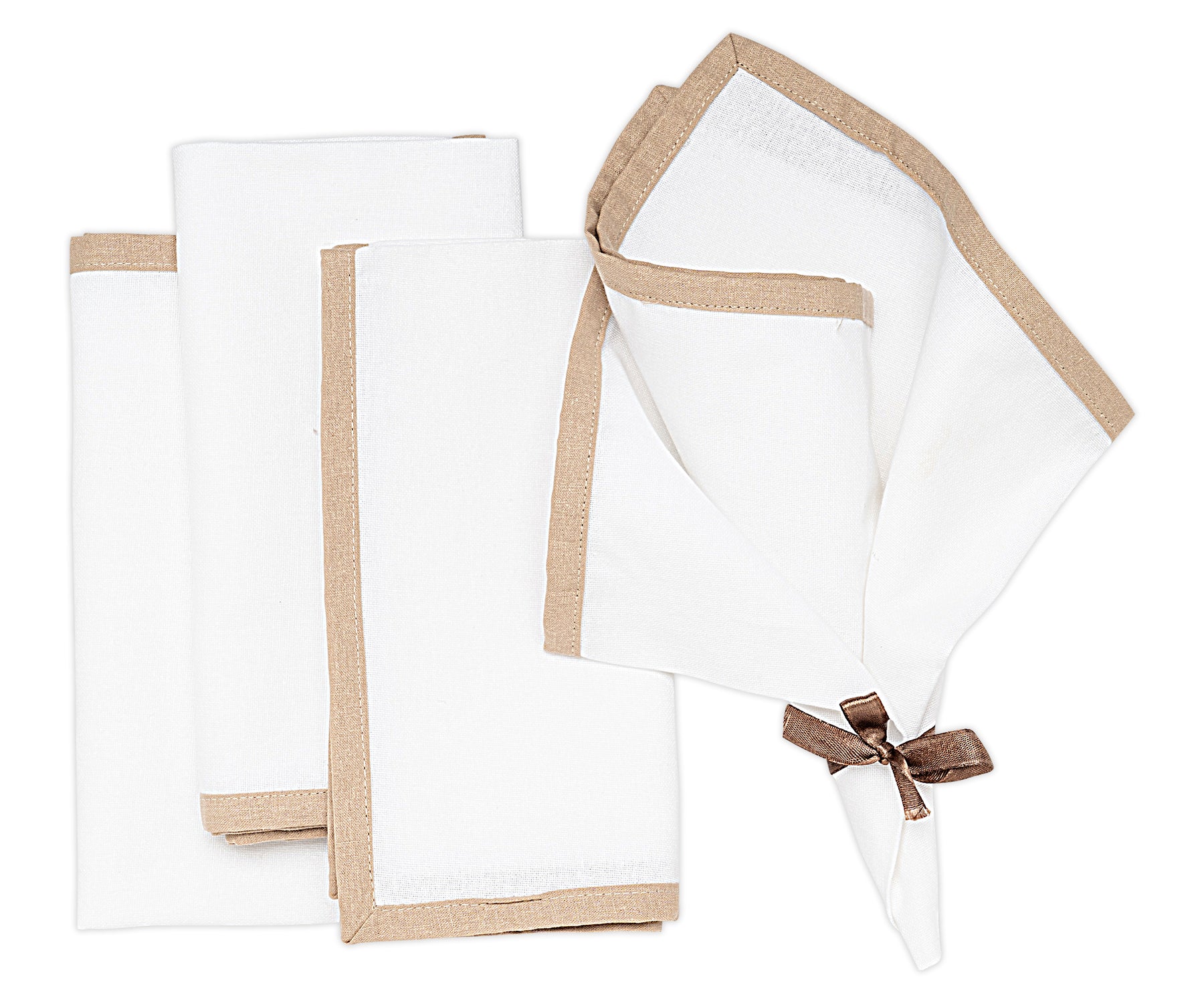Why White Cloth Napkins Make Food Taste Better
You should own cloth napkins even if you don't think they're convenient or worth the hassle.
Signnificance of White Cloth Napkins:
- They are significantly stronger than paper napkins.
- They consume less energy than paper towels.
- They’re decorative, too!
- There are additional uses for them.
- They are inexpensive and last a lifetime.
- You don't even need to clean them that frequently.

Additionally, white napkins may provide a clean, visually appealing backdrop against which the colours and textures of the food can stand out. This could enhance the sensory experience of eating, making the food appear more appetizing and flavourful.
Overall, the ambience and presentation of a dining experience can certainly impact one's perception of the food they are eating.

How to take care of white cloth napkins?
To maintain their pristine whiteness, linen napkins call for special treatment. If you want to keep your white cloth napkins looking their best, follow these guidelines.
- Pre-treat stains: If your white linen napkins get stained, treat them right away. The stain should be treated with a stain remover or laundry detergent and left to sit for a few minutes before washing.
- To avoid any accidental dye transfer while washing, remember to keep your white napkins separate from the rest of your laundry. This is vital if you plan on using bleach.
- In order to get rid of stains and disinfect white cloth napkins, you should wash them in hot water. The maximum acceptable water temperature should be found on the label.
- Bleach is great for getting rid of stains and keeping whites bright, but use it with caution because it can also damage the fabric over time. Bleach should be used sparingly and by the product label.
- Fabric softeners leave a residue on fabrics that reduces their absorbency and should be avoided. To remove detergent residue and soften the fabric, a vinegar rinse is recommended.
- Dry your white linen napkins by hanging them up; drying them in the dryer can cause them to shrink and wrinkle. You should instead hang them up in a dry, airy place.
Following these guidelines will ensure that your white cloth napkins retain their pristine appearance for years to come.












